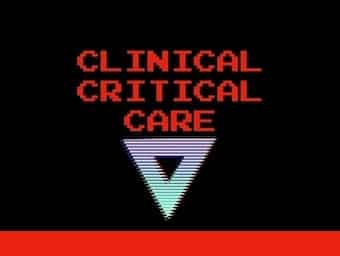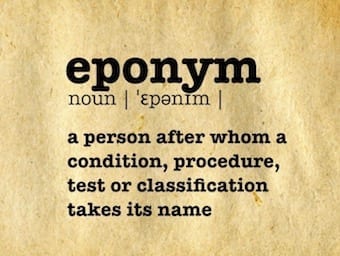
Jules Sottas
Jules Sottas (1866–1945) was a French neurologist, historian and astronomer. Dejerine-Sottas Disease (1893)

Jules Sottas (1866–1945) was a French neurologist, historian and astronomer. Dejerine-Sottas Disease (1893)

Capgras syndrome: uncommon syndrome in which a patient has a delusional belief that a person, usually a family member or friend, has been replaced by an imposter.

Alix Joffroy (1844 - 1908) was a French neurologist and psychiatrist. Eponymously affiliated with Joffroy sign in Graves ophthalmopathy

Des Gorman talks about outcomes and controversies following traumatic brain injury.
Jean-Baptiste Bouillaud (1796 - 1881) was a French physician.
Biography Born 2 September 1888, Munich Died 27 January 1969 Medical Eponyms Key Medical Contributions Major Publications Controversies References Biography Archiv für Psychiatrie und Zeitscrift für Neurologie 1965;207:165–67
Description Rare autosomal recessive neurodegenerative disorder associated with iron accumulation in the brain nuclei and characterized by progressive extrapyramidal dysfunction and dementia. by dystonia, parkinsonism, and iron accumulation in the brain History Associated Persons Julius Hallervorden (1882–1965) Hugo Spatz (1888…

Katherine Olga Berg Canadian physical therapist. Berg Balance Scale (1989)

Gustave Roussy (1874 - 1948) was a Swiss-French neuropathologist.

Jean-Jacques Lhermitte (1877 - 1959) was a French neurologist and neuropsychiatrist.

Dorothea Wilhelmine (née Barthel) Beauchamp (1911 - 2003) was an American physical therapist. Barthel index of functional independence (1965)
Thomas Sydenham (1624 - 1689) was an English physician.